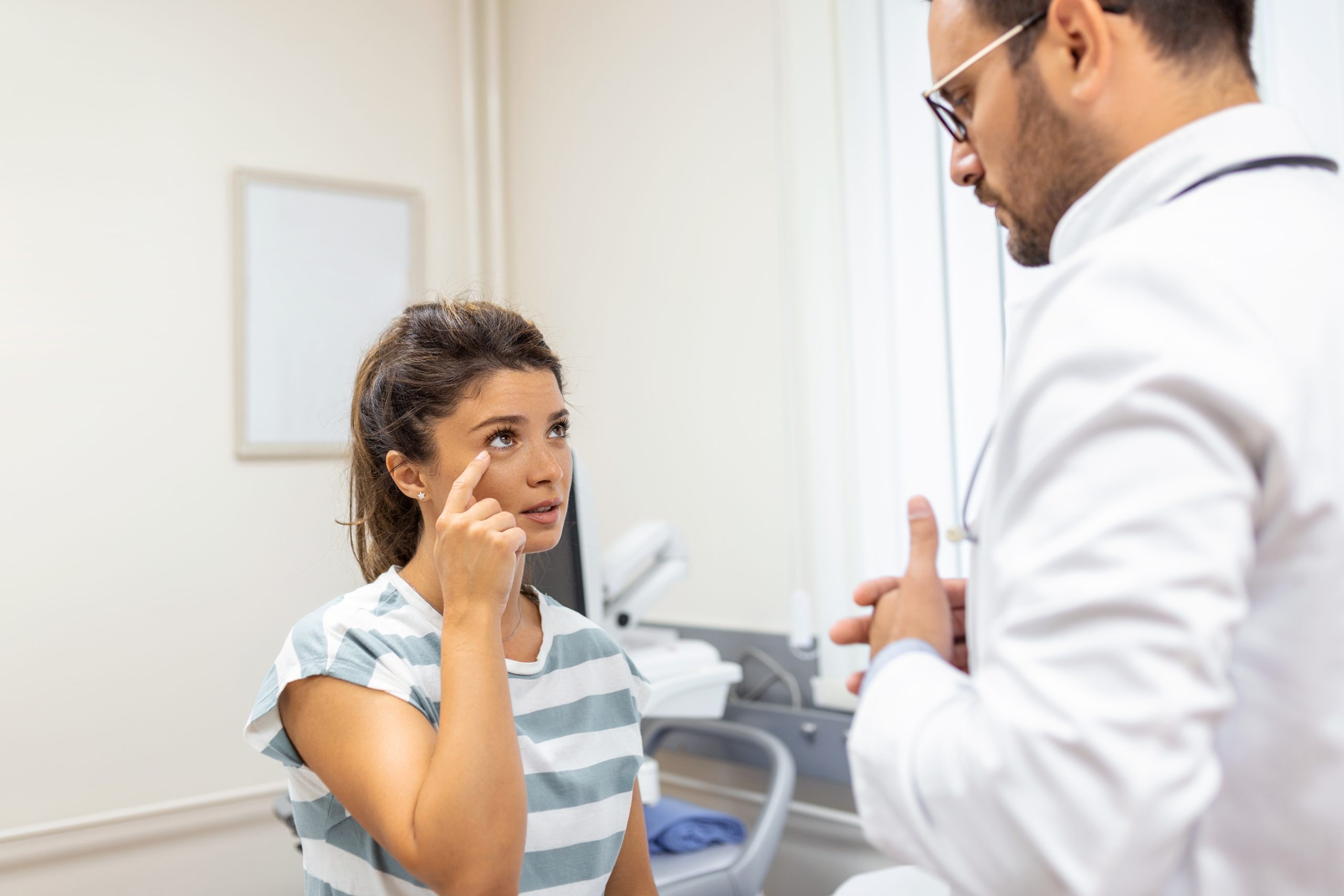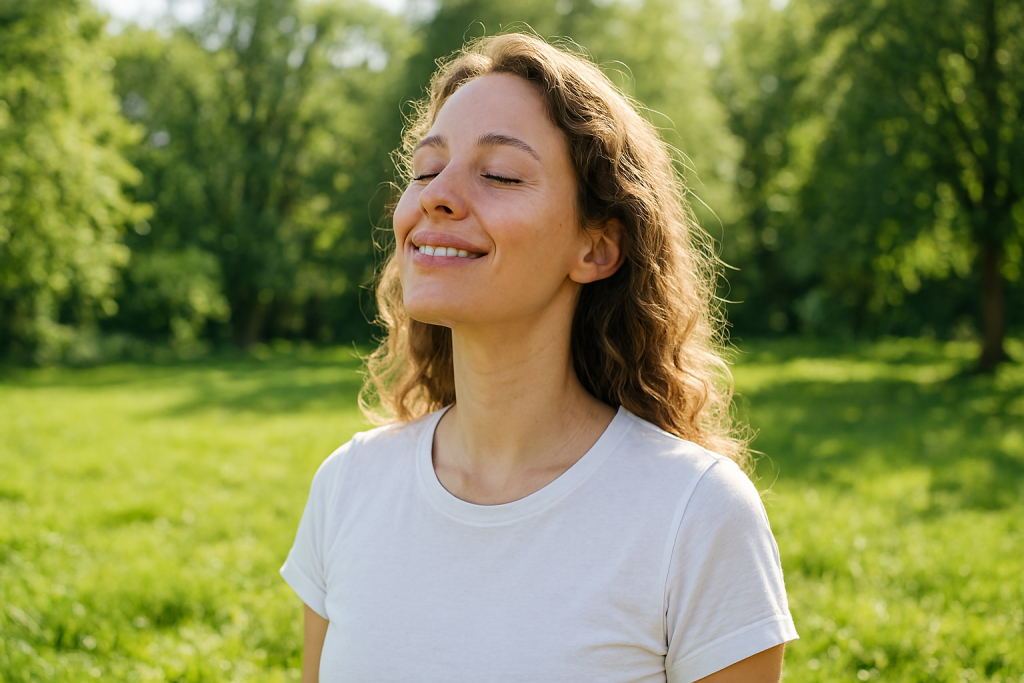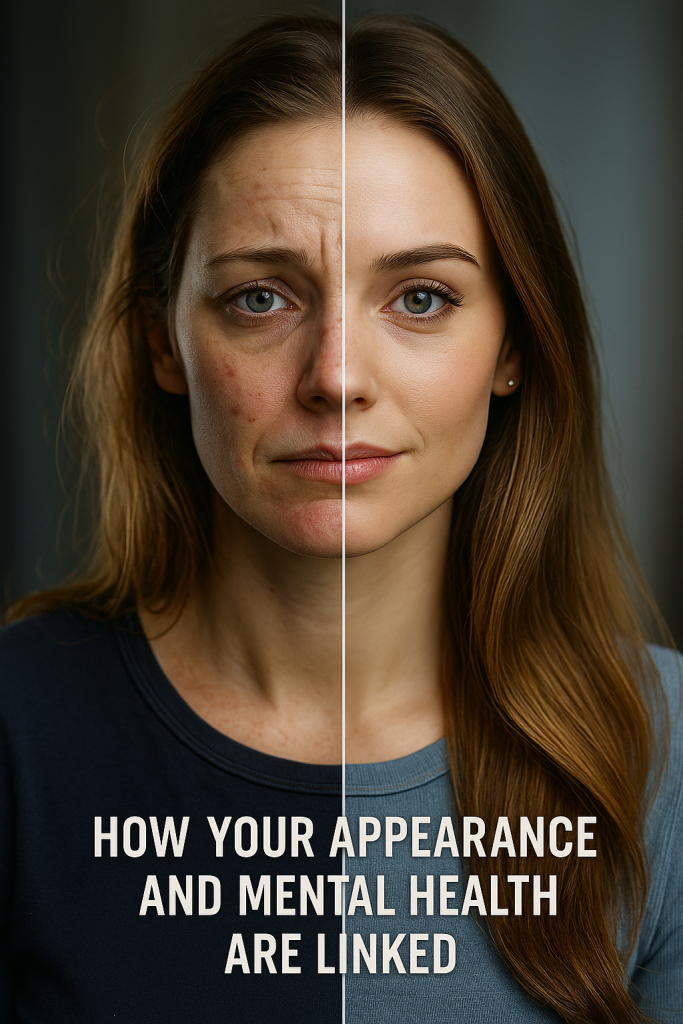Do you suffer from recurring styes? Wondering if there’s a way to alleviate symptoms and prevent future episodes? In this article, we’ll explore the potential benefits of using an antihistamine. When it comes to styes, finding effective treatment options is crucial. While warm compresses and antibiotic ointments are commonly recommended, there’s growing interest in using antihistamines. Join us as we delve into the science behind antihistamines and their potential role in treating recurring styes. Discover if an antihistamine could be the missing piece in your battle against styes.
Understanding Recurring Styes
To understand recurring styes, you need to recognize the underlying causes and risk factors that contribute to their persistence. Styes are tender, red bumps that occur when the oil glands or follicles on the eyelid get blocked and infected. They can be caused by bacterial infection and are more likely to occur if you touch your face with unclean hands, share makeup, or wear eye makeup for long periods. Prevention is key, so make sure to wash your hands before touching your eyes, avoid rubbing or itching your eyes without washing your hands, rinse contact lenses with contact solution, remove makeup completely before bed, and use a special eyelid cleanser.
If you do develop a stye, there are home remedies that can help. Avoid wearing contact lenses and makeup, use warm compresses to reduce inflammation, and use doctor-approved eye masks. However, if the stye doesn’t improve after 48 hours, it’s important to seek medical attention. A healthcare provider may prescribe antibiotic eye drops or creams, oral antibiotics, or recommend surgery for large, painful styes.
Causes and Risk Factors
If you want to understand the causes and risk factors of recurring styes, it is important to recognize the underlying factors that contribute to their persistence. One potential cause is blepharitis, which is inflammation of the eyelids that can lead to the development of styes. Another factor is rosacea, a skin condition that can trigger styes due to its inflammatory nature. Hormonal changes can also play a role in the development of styes, as fluctuations in hormones can affect the oil glands in the eyelids. Additionally, dietary inflammation can contribute to the recurrence of styes. Consuming foods that promote inflammation in the body can increase the likelihood of developing styes. Lastly, gut health can also be a contributing factor. Imbalances in the gut microbiome can lead to systemic inflammation, which can manifest as recurring styes. By addressing these underlying factors, such as practicing blepharitis prevention, identifying rosacea triggers, managing hormonal changes, reducing dietary inflammation, and improving gut health, it may be possible to reduce the occurrence of recurring styes.
Conventional and Integrative Treatments
You can treat a recurring stye with a combination of conventional and integrative treatments. Conventional treatment involves self-care at home, such as using warm compresses and gently cleaning the eyelids. If symptoms persist after 48 hours or worsen, it is advised to seek medical attention. In some cases, a healthcare provider may drain the stye, prescribe antibiotic ointments or eye drops, or administer a steroid injection.
Integrative treatment takes a holistic approach to address the underlying causes of recurring styes. Nutritional guidelines play a crucial role in stye prevention. Following anti-inflammatory and Mediterranean diets that are rich in whole foods, healthy fats, lean proteins, and antioxidants can be beneficial. Incorporating supplements, herbs, and complementary practices like yoga and stress management techniques can also enhance the treatment process.
Yoga benefits individuals by reducing stress, which is a potential factor in stye development. Regular physical exercise, along with stress management, can alleviate inflammation and help manage conditions like diabetes and high cholesterol. By incorporating these integrative treatments alongside conventional methods, you can improve overall well-being and prevent recurrent stye infections. Taking a comprehensive approach to address the underlying causes of styes can lead to better outcomes and long-term prevention.
Supplements and Complementary Practices
In continuing the discussion on supplements and complementary practices for treating a recurring stye, let’s explore how these approaches can support your overall treatment plan. Many individuals turn to natural remedies, alternative therapies, and holistic approaches to complement conventional treatments for styes. These supplements and complementary practices aim to address the underlying causes of styes and promote overall eye health.
Some natural remedies that may be beneficial include omega-3 fatty acids, which support eye health and reduce inflammation, and turmeric, which has anti-inflammatory benefits and can help with issues like blepharitis and rosacea. Additionally, certain supplements like chromium can help regulate blood sugar, which is beneficial for patients with diabetes, and probiotics can balance gut health, which is linked to skin health.
Incorporating lifestyle changes such as practicing stress-reducing techniques like yoga and meditation can also support the treatment of styes. Regular physical exercise is beneficial as it alleviates stress and inflammation and helps manage conditions like diabetes and high cholesterol.
It is important to note that while supplements and complementary practices can enhance overall outcomes, they should be used in conjunction with conventional treatments and under the guidance of a healthcare professional.
Prevention and Home Remedies
To prevent recurring styes, there are several home remedies you can try. Applying a warm compress for 10 to 15 minutes multiple times a day can help reduce inflammation and promote healing. Chamomile and rosemary eyewash can also be used to cleanse the eye and soothe irritation. Massaging the affected area with aloe vera gel can provide relief, and using organic baby shampoo to wash the eye can help keep it clean. Additionally, clove dressings may help reduce pain and inflammation.
Warm compress
Apply a warm compress to the affected area to help prevent and alleviate the discomfort of a recurring stye. A warm compress can help to increase blood circulation to the area, promote drainage of the stye, and reduce inflammation. It is a simple and effective home remedy that can provide relief. If you’re looking for alternatives to warm compresses, you may consider eyewash benefits, aloe vera benefits, organic baby shampoo advantages, or clove dressings effectiveness. Here is a comparison table to help you understand the benefits and advantages of each option:
| Option | Benefits |
|---|---|
| Eyewash | Cleanses the eye, removes debris, and soothes irritation. |
| Aloe Vera | Has anti-inflammatory and soothing properties that can help reduce swelling and discomfort. |
| Organic Baby Shampoo | Gentle and safe for the delicate eye area, helps to cleanse and prevent bacterial growth. |
| Clove Dressings | May have antimicrobial properties that can help prevent infection and promote healing. |
Chamomile and rosemary eyewash
- To prevent and alleviate the discomfort of a recurring stye, try using a chamomile and rosemary eyewash.
- Chamomile and rosemary have long been used for their medicinal properties and can provide relief for styes.
- Chamomile has anti-inflammatory and soothing effects, which can help reduce redness and swelling associated with styes.
- Rosemary has antimicrobial properties, which can help fight off the bacterial infection causing the stye.
- When used as an eyewash, these plant extracts can help cleanse the affected area and promote healing.
- Alternative eyewash options include green tea, calendula, and witch hazel, which also have anti-inflammatory and antimicrobial properties.
- Herbal remedies for styes provide a natural and DIY approach to treating the infection.
- However, it’s important to note that the effectiveness of plant extracts may vary for each individual, and it’s always best to consult with a healthcare professional before trying any natural remedies.
Massage with aloe vera
If you’re looking for a natural way to prevent and alleviate the discomfort of a recurring stye, consider massaging your eyelid with aloe vera. Aloe vera gel has been used for centuries for its numerous health benefits, including its soothing and anti-inflammatory properties. When applied topically, aloe vera can help reduce swelling, redness, and pain associated with styes. It also has antimicrobial properties that may help fight off infection. To massage your eyelid with aloe vera, simply apply a small amount of aloe vera gel onto your clean fingertips and gently massage the affected area for a few minutes. Repeat this process several times a day for best results. However, it’s important to note that aloe vera should not be used as a substitute for medical treatment, so if your stye persists or worsens, it’s recommended to seek medical attention.
Organic baby shampoo
To prevent and treat a recurring stye, consider incorporating organic baby shampoo into your daily eye care routine. Organic baby shampoo offers several benefits for gentle eye hygiene and can be used as a natural eye cleanser. Here are some reasons why organic baby shampoo is a great option for homemade eye care products:
- Baby shampoo is specifically formulated to be gentle and mild, making it safe for use on the delicate skin around the eyes.
- Organic baby shampoo contains natural ingredients that are free from harsh chemicals and fragrances, reducing the risk of irritation or allergic reactions.
- Using organic baby shampoo as a cleanser helps to remove dirt, debris, and excess oil from the eyelids, preventing blockage of the oil glands and reducing the risk of stye formation.
Incorporating organic baby shampoo into your daily eye care routine can contribute to maintaining healthy and clean eyes, promoting overall eye health and preventing recurring stye infections.
Clove dressings
To prevent and treat a recurring stye, incorporating clove dressings into your eye care routine can offer effective prevention and home remedies. Clove dressings have been used as alternative remedies for various health conditions, including styes. Clove contains eugenol, a compound known for its antimicrobial and anti-inflammatory properties. Applying clove dressings to the affected area may help reduce inflammation and promote healing. However, it’s important to note that the effectiveness of clove dressings for stye treatment has not been extensively studied, and medical intervention may still be necessary in severe cases. If your stye does not improve or worsens after trying natural treatment options, it is recommended to seek medical advice for appropriate management.




